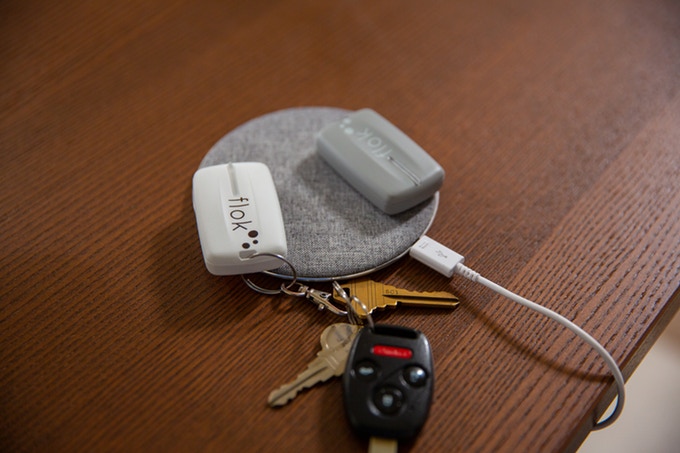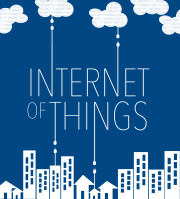This week Amazon announced several new services ahead of its re:Invent event next week including news about Alexa Voice Services and the IoT elements of the cloud. We also touch base about Wink’s latest problem and try to explain the kerfuffle on lightweight IoT encryption. In smaller news bits, we talk about Wyze killing its person-detection feature unexpectedly, NB-IoT trackers from See.Sense and Flok, Google’s Ambient Mode coming to phones and Black Friday deals. We then review the Philips Hue Smart Button and the RoomMe presence detection devices from Intellithings. We end by answering a listener question about ways to remotely track his parents’ medicine adherence.

Our guest this week brings us back to where we started, with Sarah Cooper, GM of outcome-driven engineering at Amazon Web Services, coming on the show to talk about how Amazon plans to compete in the industrial and enterprise IoT with cloud and on-premise services. She talks about the latest news, the architecture required for the IoT, and the three laws of building a connected service. Plus, she explains why containers and serverless computing matter so much for the internet of things. You’ll learn a lot.
Hosts: Stacey Higginbotham and Kevin Tofel
Guest: Sarah Cooper, GM of outcome-driven engineering at AWS
Sponsors: Legrand and Schlage
- Amazon doubles down on the cloud for Alexa
- What’s up with the lightweight-encryption debate
- I loved the Hue Smart Button but Kevin didn’t go for the RoomMe sensors
- How Amazon plans to compete for enterprise and industrial cloud services
- Amazon’s three laws for architecting services
Podcast: Play in new window | Download | Embed
Subscribe: RSS
